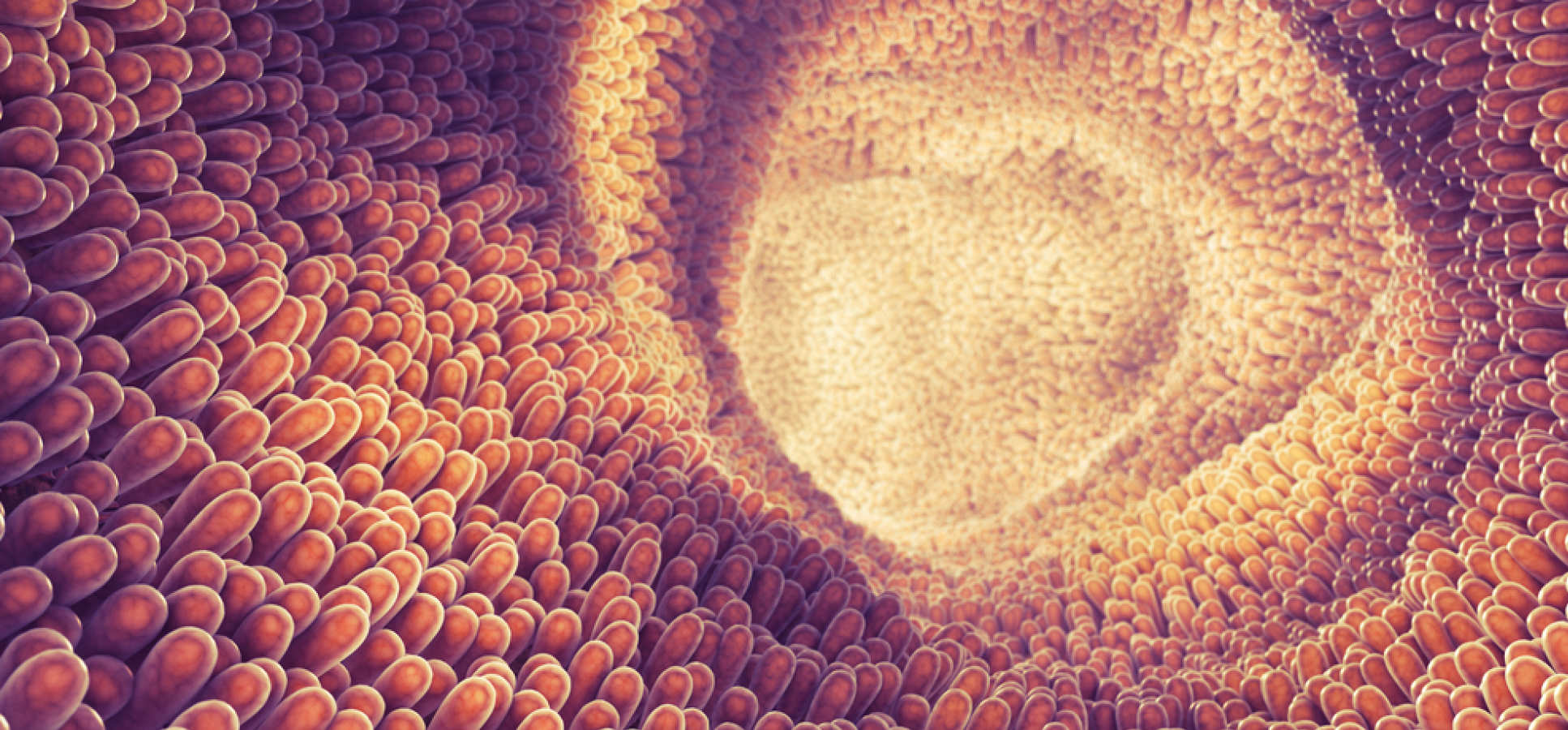Improved assessment of gut barrier dysfunction

Key question
Is their evidence for impaired nutrient digestion and absorption in both stunting and SAM, with EED as the possible mediator and can this information be accessed through readily available and/or field deployable tests that indicate the degree of functional impairment?
Stunting and severe acute malnutrition (SAM) are intractable problems in Low- and Middle-Income Countries (LMICs) where malnutrition is prevalent alongside conditions of poor water, sanitation and hygiene. Environmental Enteric Disease (EED) is a poorly characterised condition which is thought to play a role in both stunting and SAM. Hallmarks of EED are flattening of the gut surface leading to poorer nutrient absorption, often coupled with increased gut permeability and sometimes local gut inflammation. At the present time, diagnosis of EED is mainly obtained through invasive endoscopic biopsy of the upper small intestine, which is ethically challenging in young children and impractical at a population level.
Our aim is to fully understand what role gut dysfunction plays in stunting and SAM and to be able to describe the domains and measure the degree of gut dysfunctions in populations (LMICs) where EED is prevalent. The relevant domains of gut dysfunction are:
- the digestive capacity of the mucosa
- the absorptive capacity of the mucosa
- gut barrier integrity (permeability)
- gut inflammation and
- the intestinal microbiome
For this, there is a necessity to develop non-invasive or minimally invasive probes to allow characterisation of the gut dysfunction in LMICs where a lack of suitable markers of gut function has limited our understanding of the role of EED in early childhood growth as well as development. In order to achieve this, the objective of this working group is to assess available probes of gut dysfunction and to pin-point domains where additional markers of gut dysfunction need to be developed. Finally, the working group will identify expertise to fill these gaps and propose projects that will develop pilot data to lead to an improved assessment of gut dysfunction.


